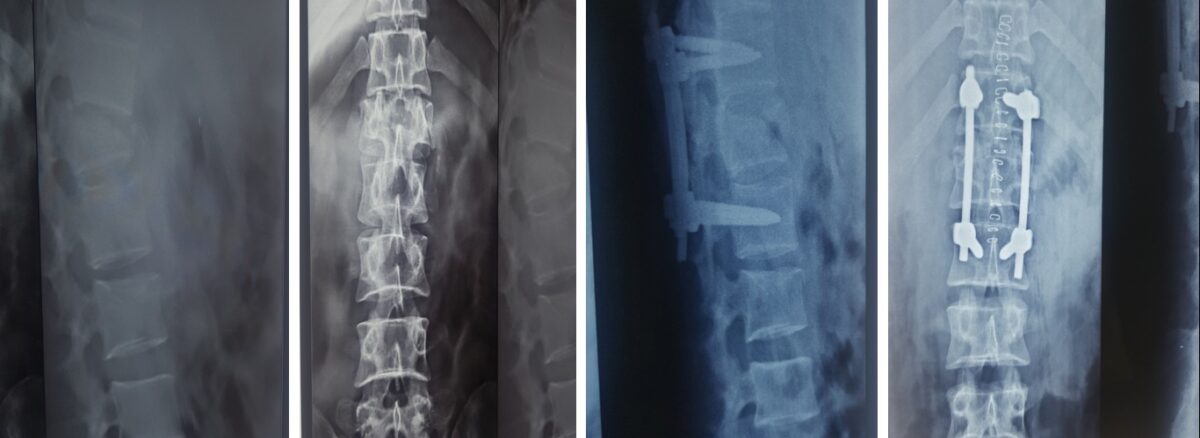Fractures are the commonest orthopedic emergencies. However backbone or spine fractures are different from other fractures in legs and arms. Spine fractures at times are critical because of danger to the spinal cord and nerves contained within the spine.
Spine fractures in young persons is common to see after road traffic accidents or fall from height. In geriatric patients, spine fractures are also insufficiency fractures, occurring after a minor fall due to weak bones. The location of spine fracture, severity of shattering, involvement of nerves and loss of vertebral height are some factors that determine the treatment of a particular spine fracture. There are a few spine fractures that can easily be managed by rest and bracing. However others required surgery and fixation with screws- rods. Spine fractures at times are critical because of danger to the spinal cord and nerves contained within the spine.
SPINE FRACTURE
Presented is a case of 32 yrs. old construction site worker who sustained fall from height and landed on his feet. There was fracture of L1 vertebra in mid spine and fracture of both heel bones aka calcaneus. Besides the back ache, the patient was also complaining of loss of sensation in perineum area and some loss of control over passage of urine. He catheterizes and other injuries gets attention. An
operative plan is for management of spine fracture. Under general anesthesia, patient is to lie on his tummy. Under image intensifier guidance, 4 pedicle screws are insert and fixed with rods.
Pedicle screws are special screws for spine fractures that provide a good hold in the strongest part of vertebral body aka pedicle. The height of fractured vertebra regains and the trunk weight bypassed from D12 to L2 vertebra. The patient was allowed sitting and side turning from next day. He was discharged in 2 days. He went on to regain
full bladder function in 5 months after surgery.


